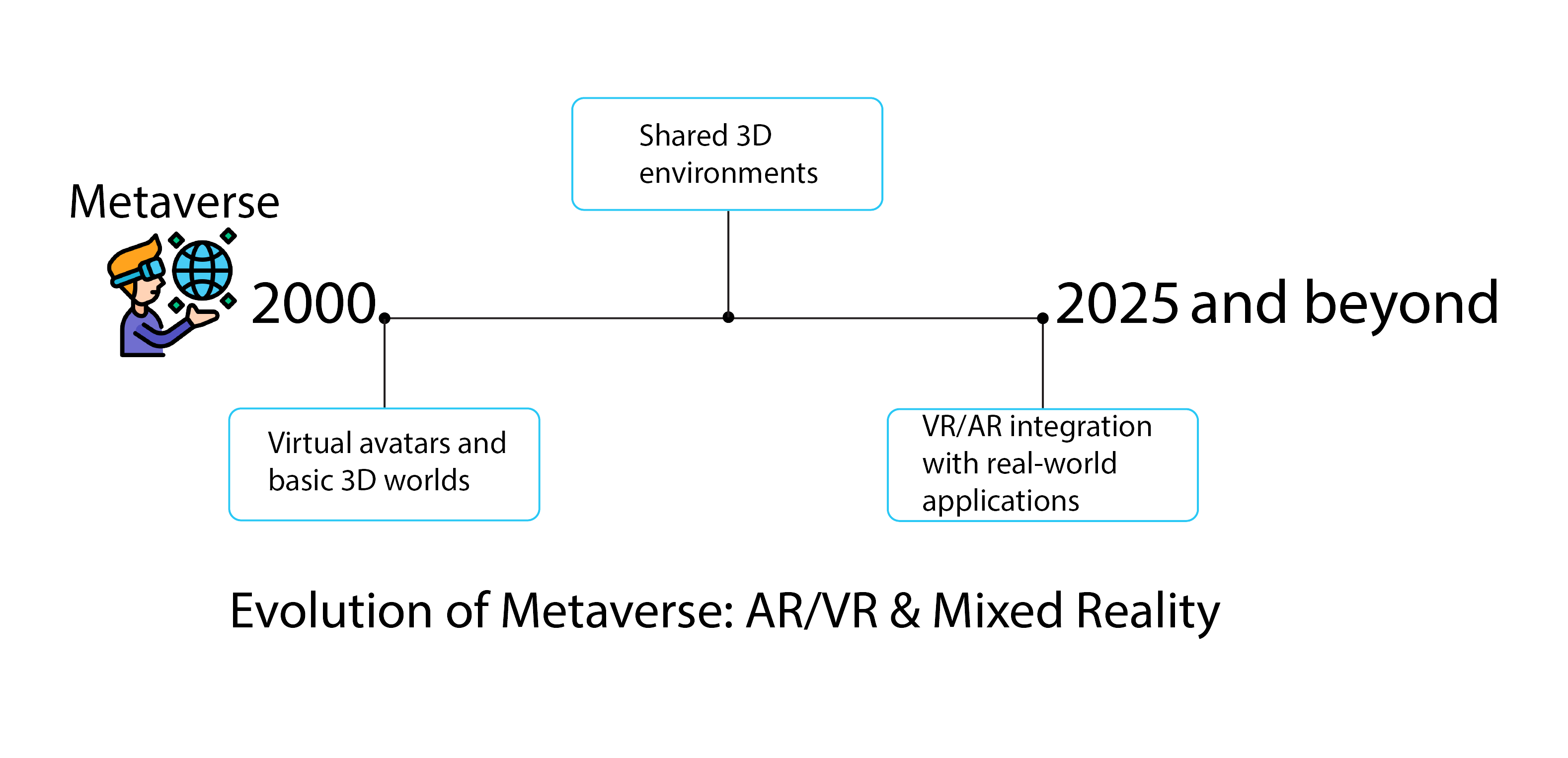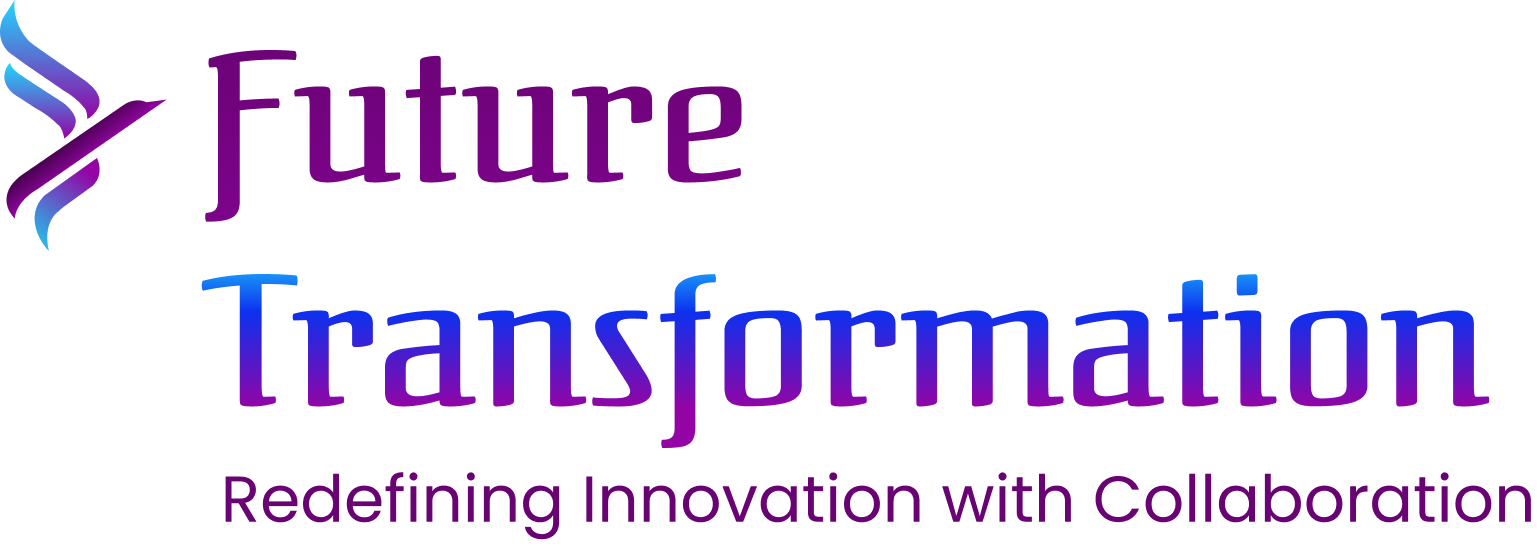
What is Mixed Reality in the Metaverse?
Mixed Reality (MR) is a seamless integration of digital and physical environments, allowing users to interact with virtual objects as if they were real.
Mixed Reality enables a more interactive and dynamic experience. Through advanced headsets like Microsoft’s HoloLens and Meta’s Quest series, MR bridges the gap between reality and the Metaverse.
Report from The Business Research Company shows that the Metaverse market size will grow from $227.05 billion in 2024 to $216.24 billion in 2025 at a compound annual growth rate (CAGR) of 39.3%.
The survey on online users who are excited in using the metaverse by Statista shows that as of December 2024, 36% of survey respondents in India were excited about using the metaverse.

The Technology Behind Mixed Reality
Augmented Reality (AR): Enhances real-world views with digital overlays, often seen in mobile apps like Pokemon GO and Snapchat filters.
Virtual Reality (VR): Creates immersive environments using headsets like Oculus Rift or HTC Vive, transporting users to digital landscapes.
Artificial Intelligence (AI): Powers virtual assistants, avatars, and realistic simulations within the Metaverse.
Blockchain & NFTs: Enable secure digital ownership and decentralized economies within the virtual space.
5G and Edge Computing: Provide seamless, high-speed connectivity for real-time interactions in MR experiences.
Digital Twins: In Manufacturing and urban planning, digital twins create virtual replicas of physical spaces for real-time monitoring and decision-making.
Haptic Feedback Technology: Enhances MR experiences by simulating touch and physical sensations, making virtual interactions more realistic.
Cloud Computing and Spatial Computing: Allow scalable, low-latency interactions in the Metaverse, enabling real-time collaboration and data sharing.
Recent Trends in Mixed Reality and Metaverse Technologies
Apple Vision Pro: Apple’s mixed reality headset is pushing the boundaries of MR with ultra-high resolution and spatial computing capabilities.
Meta’s Horizon Worlds: A social VR platform allowing users to create and explore virtual spaces, redefining online interactions.
Google’s AR Glasses: Google is developing next-gen AR glasses with real-time translation and AI integration for enhanced productivity.
Industrial Adoption of MR: Companies like Boeing and Ford use MR for design, prototyping, and maintenance, improving efficiency and reducing costs.
Metaverse in Social Media: Platforms like TikTok and Snapchat are integrating AR experiences for more interactive content creation.
Healthcare Innovations: MR-assisted surgeries and remote medical consultations are becoming more prevalent, revolutionizing patient care.
Real Estate Virtual Tours: The Metaverse enables buyers to explore properties remotely with immersive 3D visualizations.
How Mixed Reality is Transforming Industries
Gaming and Entertainment
MR enhances gaming by blending digital and real-world interactions, offering immersive experiences beyond traditional screens.
Concerts and virtual events are now hosted in the Metaverse, allowing global participation from home.
Healthcare and Medical Training
Surgeons use MR for preoperative planning and simulation training, reducing risks in complex procedures.
Therapy and rehabilitation programs utilize MR to create engaging recovery experiences for patients.
Education and Workplace Collaboration
Virtual classrooms enable students to interact with 3D models, making learning more engaging and interactive.
Companies use MR for remote teamwork, digital twin modeling, and real-time data visualization.
Retail and E-Commerce
Virtual stores and MR dressing rooms allow users to try products before purchasing.
Brands use MR to create personalized shopping experiences, enhancing customer engagement.
Challenges and the Road Ahead
While MR offers vast opportunities, challenges remain, including:
High Costs: Advanced MR devices remain expensive, limiting accessibility.
Privacy Concerns: Data security and user privacy must be prioritized to prevent breaches.
Technical Limitations: Latency issues and hardware constraints need further refinement for seamless experiences.
Embracing the Metaverse: A Gateway to the Future
The Metaverse fueled by Mixed Reality is paving the way for a more immersive digital future. As technology advances, the integration of real and virtual worlds will become more seamless, revolutionizing how we work, learn, and interact. The question is no longer if we will embrace the Metaverse but how soon it will become an essential part of our daily lives.
In the near future, we can expect virtual classrooms to redefine education, enabling students from around the globe to collaborate in real-time, experiencing lessons as immersive simulations.
Workplaces will transform into dynamic virtual hubs where distance is irrelevant, creativity is boundless, and collaboration feels just as natural as in-person interaction.
As we move forward, the Metaverse holds the potential to become the new digital frontier, a space not just for escapism, but for enhancing reality, unlocking opportunities, and shaping a more connected, inclusive world.


